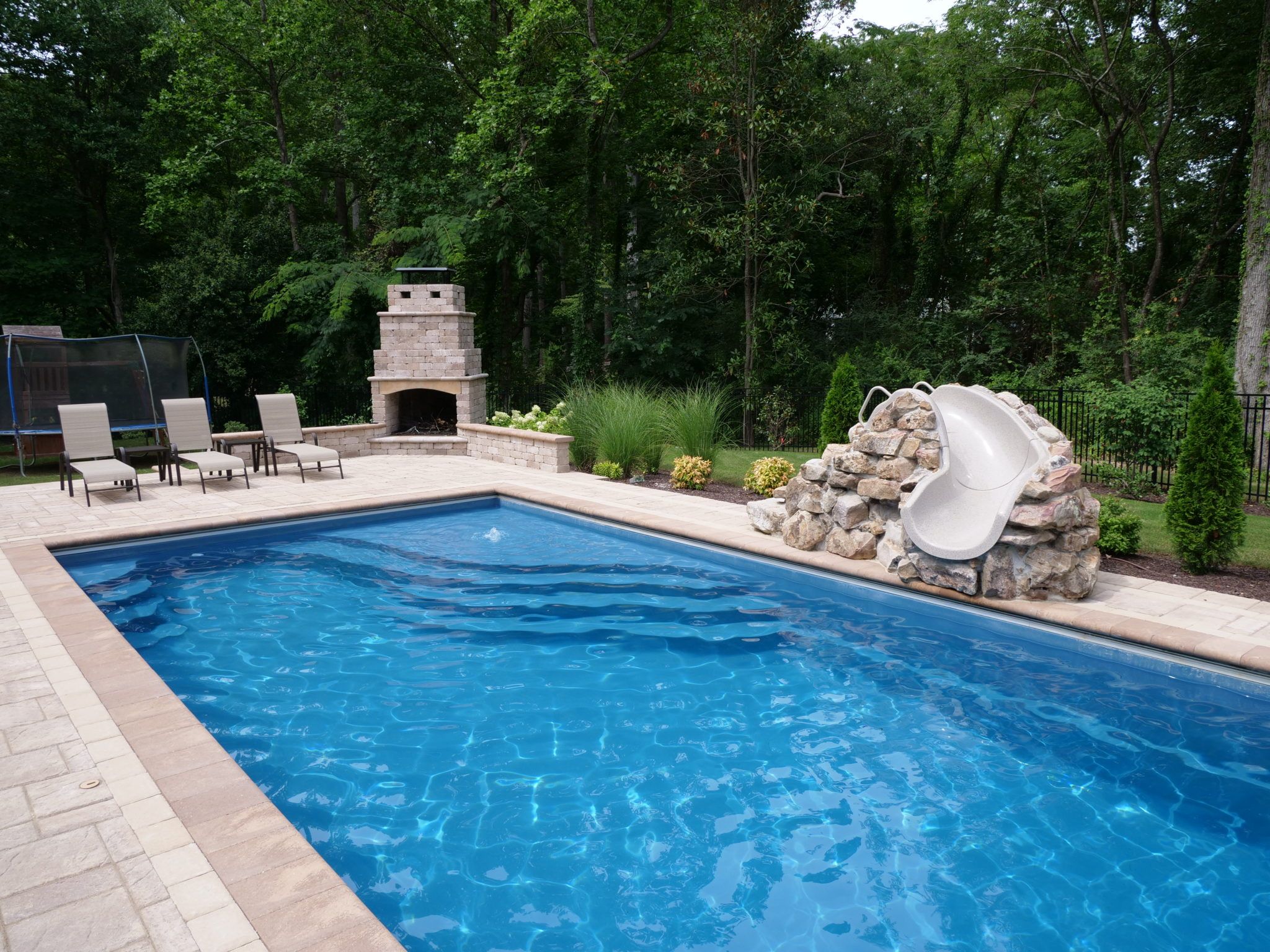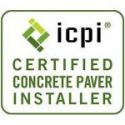Benefits of Fiberglass Pools

Being at home, alone, or with family should always be a rewarding experience. You get to take a break from stress at work, cook whatever you want, watch your favorite soccer game on TV, or swim in your fiberglass pool to stay fit. However, if you repeat this pattern every single day, it may get boring. If you have ever thought about installing a pool in your backyard before, now is the perfect time to do it.
When installing an inground swimming pool, you must understand the different types of pools available- fiberglass, concrete, or vinyl liners. Aside from that, also try to see if the look you are going for is appropriate for the material you choose.
Fiberglass pools are perfect for people who want to upgrade their backyard at the soonest time possible. It is a one-piece shell made purely by fiberglass, so it is the fastest type of pool to install.
Here Are Six Benefits of Modern Fiberglass Pools:
While concrete pools are 5 to 6 inches thick-including the reinforcing bars, vinyl liner pools are around 4 inches, and fiberglass shells are only almost an inch thick. Despite being the thinnest pool, fiberglass pools are the most durable material. Fiberglass is also used in bathtubs, sinks, sunroofs, and even helicopters because the material is reliable and durable.
1. The resin mold
Fiberglass uses resin to strengthen the whole mold. Resin is used to make the chopped fiberglass stick to each other and even the other layers of the mold. This holds the shape of the shell better, making it last longer.
There are two types of resin used to strengthen the shell- the polyester resin and the vinyl ester resin. The first layer uses vinyl ester resin as an adhesive and protection from the liquid. Vinyl ester resin is waterproof, which helps stop the water from coming in the polyester layer, thus, avoiding bubbles forming at the Gelcoat. When the polyester layer absorbs water, it creates osmotic blisters, making the pool surface rough and bumpy.
Polyesters are easily damaged by water. Polyester resin is 20% more likely to break when it gets wet than epoxy and other adhesives. That is why the polyester layer is in between the vinyl ester resin layer and the gel coat. The Gelcoat is the outermost layer of the pool shell. It starts as a gel, and then it hardens through polymerization. It is smooth, extremely long-lasting, and prevents the growth of algae on the surface of the pool.
2. Easy Installation
Since fiberglass pools are ready-made one-piece shells, they are extremely easy to install. It takes around seven to ten days to install a fiberglass pool. It is hassle-free. Compared to the concrete pools that take weeks or months and use so many materials to be created, fiberglass pools are factories made, so you do not need to exert as much effort on installation. Additionally, unlike both vinyl liner and concrete pools, the installation of fiberglass pools is not dependent on whether it is sunny or rainy. A fiberglass pool can be installed rain-or-shine. Both vinyl and concrete are suggested to be installed on a sunny day to prevent damaging the molds or concrete forms.
3. Durability and Less Maintenance
Fiberglass pools are the most durable, long-lasting type of pool. Although vinyl liner pools are also long-lasting, they are more susceptible to damage from punctures and tears. With fiberglass, you do not have to worry about accidentally poking a hole while cleaning with your pool pole, or your dog scratching the pool surface way too hard, or if the pool water becomes too acidic that it damages the vinyl lining.
On the other hand, concrete pools are also easily damaged. Within a year or two, you might see some cracks forming on the pool’s surface. When there are cracks on the pool, it is most likely that the materials used weren’t good enough to last or that the pool was installed at the wrong location. Although a crack on the surface may not necessarily mean damage to the whole structure, it can cause more formation of algae on the surface. You can put plaster on the cracks to fix it, but when there are too many cracks, you might need to replaster the whole surface, which is extremely pricey.
There is a lesser risk for damages with fiberglass pools, which will save you money in the long run on monthly or yearly maintenance. Concrete and vinyl pool owners have to scrub their pools frequently every week. Because fiberglass pools have a smooth surface, there is less chance of algae formation requiring less cleaning.
4. Less strain on the feet
Just like courts for basketball and volleyball, concrete floors can be straining to the feet. Concrete is hard and rough, which can be dangerous for some people who move a lot. Moving in a pool with concrete surfaces for around 30 minutes can be tiring to the balls and the joints of your feet. Since you are installing a pool for your backyard, it’s best to make it enjoyable for everyone. When you have a pool party with friends and family, you will most likely spend hours at the pool. With fiberglass pools, you don’t need to worry about scratches on your body and blisters from playing around for an extended period.
5. No vinyl lining replacement and acid-washing
All vinyl liner pools need replacement after a period of time. Some need replacement every seven to eleven years, and some need replacement more frequently. Due to the pool’s chemicals and exposure to the sun, the vinyl liner will deteriorate by tearing, fading, staining, and leaking. Concrete pools also need to be acid washed every few years to keep the surface free from algae and remove other substances formed on the surface after years of use. Sometimes, when the concrete has grown weary, it may need resurfacing. The maintenance of these types of pools is costly.
With fiberglass pools, you will not need to spend again and again on maintenance for an extended period. Once a fiberglass pool is installed, there is no need to worry about other things with concrete or vinyl-lined pools constantly.
6. Lesser lifetime cost
As mentioned earlier, pool maintenance is costly, so it is an investment for the owners. Although a fiberglass pool is more expensive than concrete and vinyl linings, the future costs for maintenance are a lot cheaper. Aside from the weekly cleaning costs for concrete and vinyl pools, you need to spend a lot of money on vinyl liner replacements or resurfacing a concrete pool. With the benefits and cost-effectiveness of the fiberglass pool, spending more on the upfront costs is worth the investment.
Conclusion
These are only some of the many benefits of fiberglass pools. Think about what kind of pool best fits your style and which type is worth spending your money on.
Don’t hesitate to contact Solid Structures to answer any of your pool questions or for a free consultation to transform your backyard. We proudly serve Virginia Beach, Chesapeake, Norfolk, and beyond.

Written By Scott Prunty
Scott Prunty is the president of Solid Structures. Throughout his 15 active years in the Design-Build Outdoor Living industry, he has earned various certifications in the areas of ICPI Residential, ICPI Advanced Residential, ICPI Commercial, PCIP, and is an ICPI certified instructor.
- 15 years actively in the Design-Build Outdoor Living industry
- ICPI certified Instructor
- ICPI Residential, ICPI Advanced Residential, ICPI Commercial, and PCIP certified
- Imagine Pools certified installer
- Fluidra certified installer
- Trex Platinum Pro
- Avid saltwater person, boating, diving, surfing, fishing








Outdoor Living Redefined. Solid Structures offers full service design build capabilities all under one roof.
179 S Birdneck Rd
Virginia Beach, VA 23451


